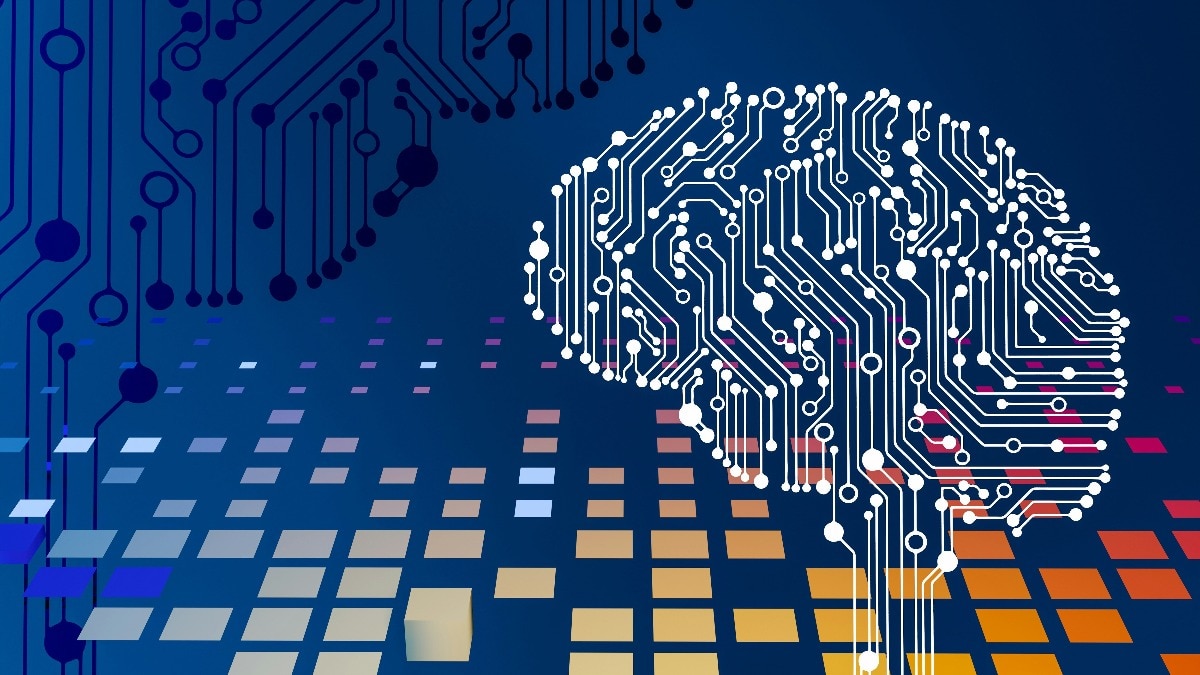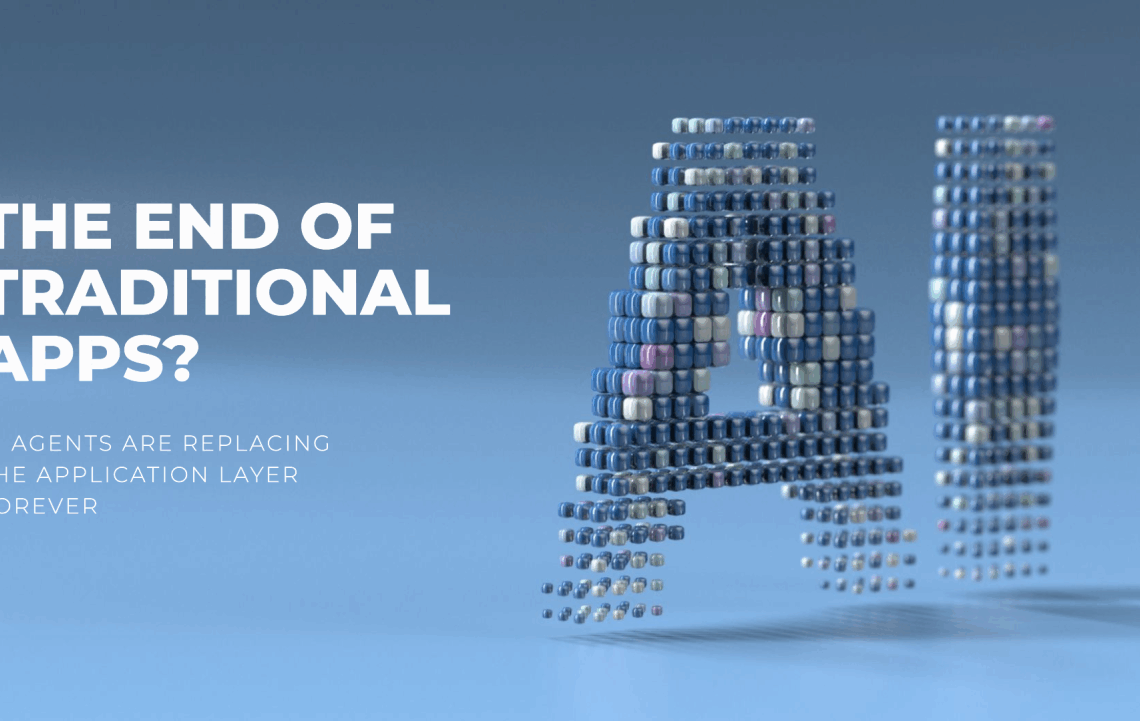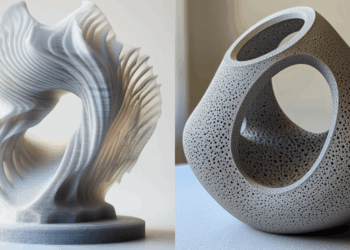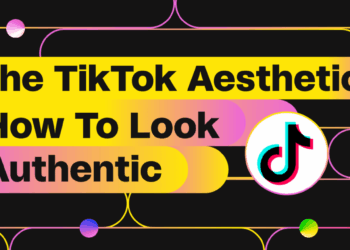The design world is undergoing a seismic shift as artificial intelligence tools like Midjourney, DALL-E, and Adobe Firefly become increasingly sophisticated. Many designers fear these technologies might render traditional design skills obsolete. But is this fear justified? This comprehensive 2,000+ word examination explores AI’s real impact on the design industry, separating hype from reality while providing actionable insights for designers to thrive in this new era.
 A. The Current State of AI in Design
A. The Current State of AI in Design
-
Capabilities of Modern AI Design Tools
-
Generating complete logos in seconds
-
Creating website mockups from text prompts
-
Producing thousands of design variations instantly
-
-
Industries Most Affected
-
Graphic design
-
Web design
-
Marketing materials
-
Product packaging
-
-
Limitations of Current AI
-
Struggles with complex branding systems
-
Lacks true creative originality
-
Poor at understanding nuanced client needs
-
 B. 5 Ways AI Is Transforming Design Workflows
B. 5 Ways AI Is Transforming Design Workflows
1. Democratization of Design
-
Non-designers can create basic visuals
-
Reduced barriers to entry
-
Flood of low-quality designs in market
2. The Rise of Hybrid Designers
-
Professionals combining AI with human skills
-
New job titles: “AI Design Director”
-
Higher value on conceptual thinking
3. Faster Iteration Cycles
-
Rapid prototyping capabilities
-
Client presentations with dozens of options
-
Reduced production timelines
4. Changing Client Expectations
-
Demand for instant results
-
Pressure to lower prices
-
Need to justify human designer value
5. New Specializations Emerging
-
AI prompt engineering for design
-
AI-generated content curation
-
Ethical AI design oversight
 C. Traditional Design Skills That Remain Irreplaceable
C. Traditional Design Skills That Remain Irreplaceable
-
Strategic Thinking
-
Developing comprehensive brand systems
-
Understanding cultural contexts
-
Creating emotional connections
-
-
Complex Problem Solving
-
Balancing multiple stakeholder needs
-
Navigating technical constraints
-
Anticipating real-world usage
-
-
Human-Centric Design
-
Empathy and user research
-
Accessibility considerations
-
Ethical design decisions
-
-
Art Direction
-
Maintaining visual consistency
-
Developing unique styles
-
Quality control at scale
-
 D. How Designers Can Future-Proof Their Careers
D. How Designers Can Future-Proof Their Careers
1. Mastering AI Collaboration
-
Learning to effectively direct AI tools
-
Developing sophisticated prompt techniques
-
Creating custom AI models for specific styles
2. Specializing in High-Value Services
-
Motion design and animation
-
Experiential and spatial design
-
Design systems and branding
3. Emphasizing Human Skills
-
Client relationship management
-
Creative direction
-
Design thinking workshops
4. Building Business Acumen
-
Understanding marketing strategy
-
Developing unique value propositions
-
Learning to sell creative vision
E. The Future of Design Education
-
Curriculum Changes Needed
-
AI tool integration courses
-
Ethics of generative design
-
New intellectual property frameworks
-
-
Shift in Learning Focus
-
Less technical execution
-
More conceptual development
-
Increased business training
-
-
Lifelong Learning Imperative
-
Continuous skill updates
-
Platform-agnostic thinking
-
Adaptability training
-
F. Ethical Considerations in AI-Assisted Design
-
Originality and Plagiarism
-
Tracing AI training data sources
-
Establishing new originality standards
-
Copyright implications
-
-
Job Market Impacts
-
Entry-level position reduction
-
Wage pressure concerns
-
Need for industry adaptation
-
-
Cultural Representation
-
Bias in training datasets
-
Maintaining diverse perspectives
-
Protecting cultural design heritage
-
Conclusion
While AI is undoubtedly transforming the design landscape, it’s not eliminating traditional design so much as redefining it. The most successful designers of the future will be those who can strategically harness AI while emphasizing the irreplaceable human elements of creativity, empathy, and strategic thinking. Rather than killing traditional design, AI is forcing it to evolve – and in doing so, may ultimately elevate the profession’s value and impact.
Tags: AI design, future of design, graphic design trends, AI tools, creative careers, design technology, artificial intelligence, design jobs, creative AI, design future
















